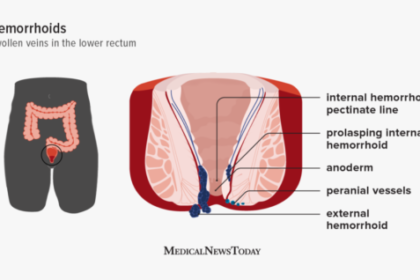The Italian Art of “Al Dente”: Embracing Lower Glycemic Index Pasta and Rice
Italian cuisine is renowned worldwide for its rich flavors, vibrant colors, and meticulous attention to culinary detail. One of the hallmarks of Italian cooking is the practice of cooking pasta and rice to perfection, often referred to as “al dente,” which translates to “to the tooth” in English. This style of cooking, where the pasta or rice retains a slight firmness when bitten into, is not just a matter of tradition or taste preference; it also offers significant health benefits, particularly in relation to its impact on glycemic index (GI).
The glycemic index is a measure of how quickly a carbohydrate-containing food raises blood sugar levels. Foods with a high GI cause a rapid spike in blood sugar levels, which can lead to energy crashes, increased hunger, and potentially contribute to the development of chronic diseases such as type 2 diabetes and obesity. Conversely, foods with a lower GI are digested more slowly, resulting in a more gradual and sustained release of glucose into the bloodstream.
In the context of pasta and rice, the traditional Italian approach of cooking them al dente results in a lower glycemic index compared to overcooked varieties. Here’s why:
1. Less Starch Gelatinization: When pasta or rice is cooked, the starch molecules in the grains absorb water and swell. Overcooking causes the starch to fully gelatinize, resulting in a softer texture. However, cooking to al dente allows some of the starch molecules to remain intact, which slows down the rate of digestion and lowers the glycemic response.
2. Fiber Retention: Both pasta and rice contain fiber, which is beneficial for digestive health and helps to slow down the absorption of glucose into the bloodstream. Cooking them al dente helps to preserve more of the natural fiber content compared to overcooked varieties, further contributing to a lower glycemic index.
3. Increased Satiety: Foods with a lower glycemic index tend to provide a greater feeling of fullness and satiety compared to high-GI foods. By cooking pasta and rice al dente, Italians not only preserve the nutritional integrity of these staple foods but also promote a sense of satisfaction and reduced cravings, which can aid in weight management and overall health.
4. Cultural Tradition: The Italian culinary tradition places a strong emphasis on the quality of ingredients and the importance of preserving their natural flavors and textures. Al dente pasta and rice are celebrated for their toothsome bite and ability to enhance the overall dining experience. It’s not just about health; it’s about savoring the essence of the ingredients and the cultural heritage behind them.
In recent years, there has been a growing awareness of the health benefits associated with lower glycemic index foods, leading to a resurgence of interest in traditional cooking methods like al dente pasta and rice preparation. Health-conscious individuals, as well as those managing conditions like diabetes, are increasingly turning to these methods as part of a balanced diet.
However, it’s essential to note that the glycemic index is just one factor to consider in a healthy diet. Portion sizes, overall food choices, and individual metabolic responses also play crucial roles in determining blood sugar levels and overall health outcomes. Nevertheless, by embracing the Italian art of al dente cooking, we can savor not only the flavors of Italy but also the health benefits that come with it. So, the next time you prepare pasta or rice, channel your inner Italian chef and aim for that perfect al dente texture—it’s not just about taste; it’s about nourishing your body and soul. Buon appetito!
Recommended Reading:
3 Italian Secrets That Prove We’ve Been Eating Tomatoes Wrong Our Whole Life





